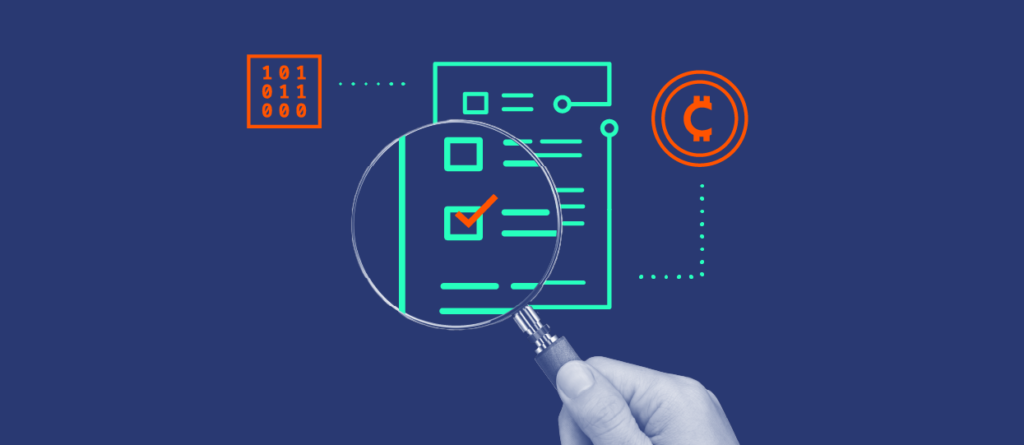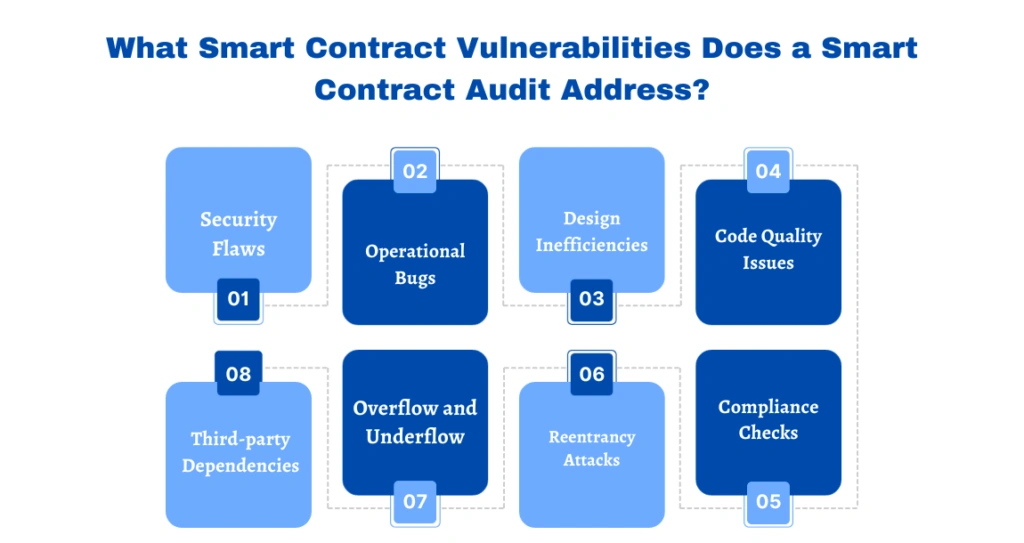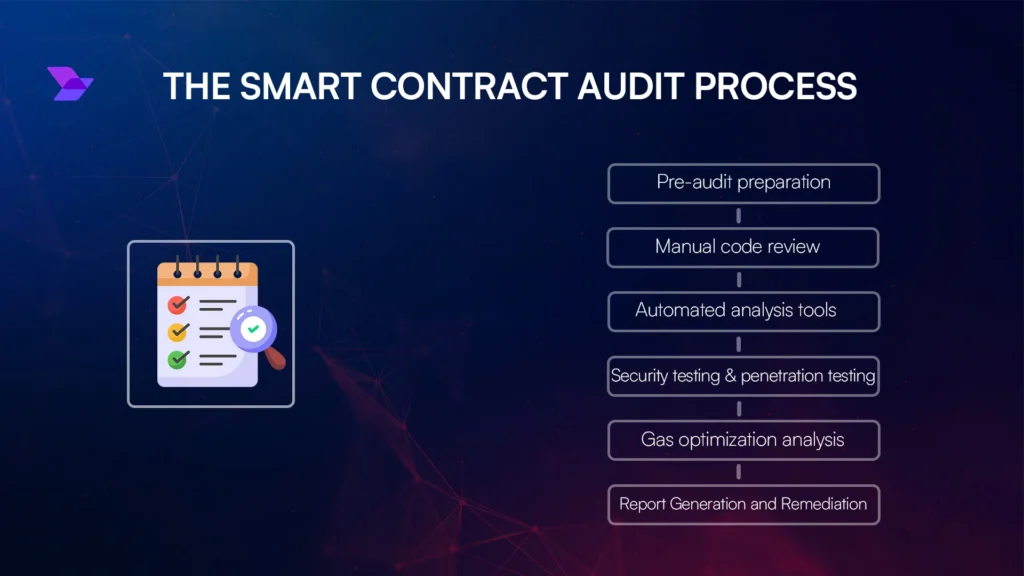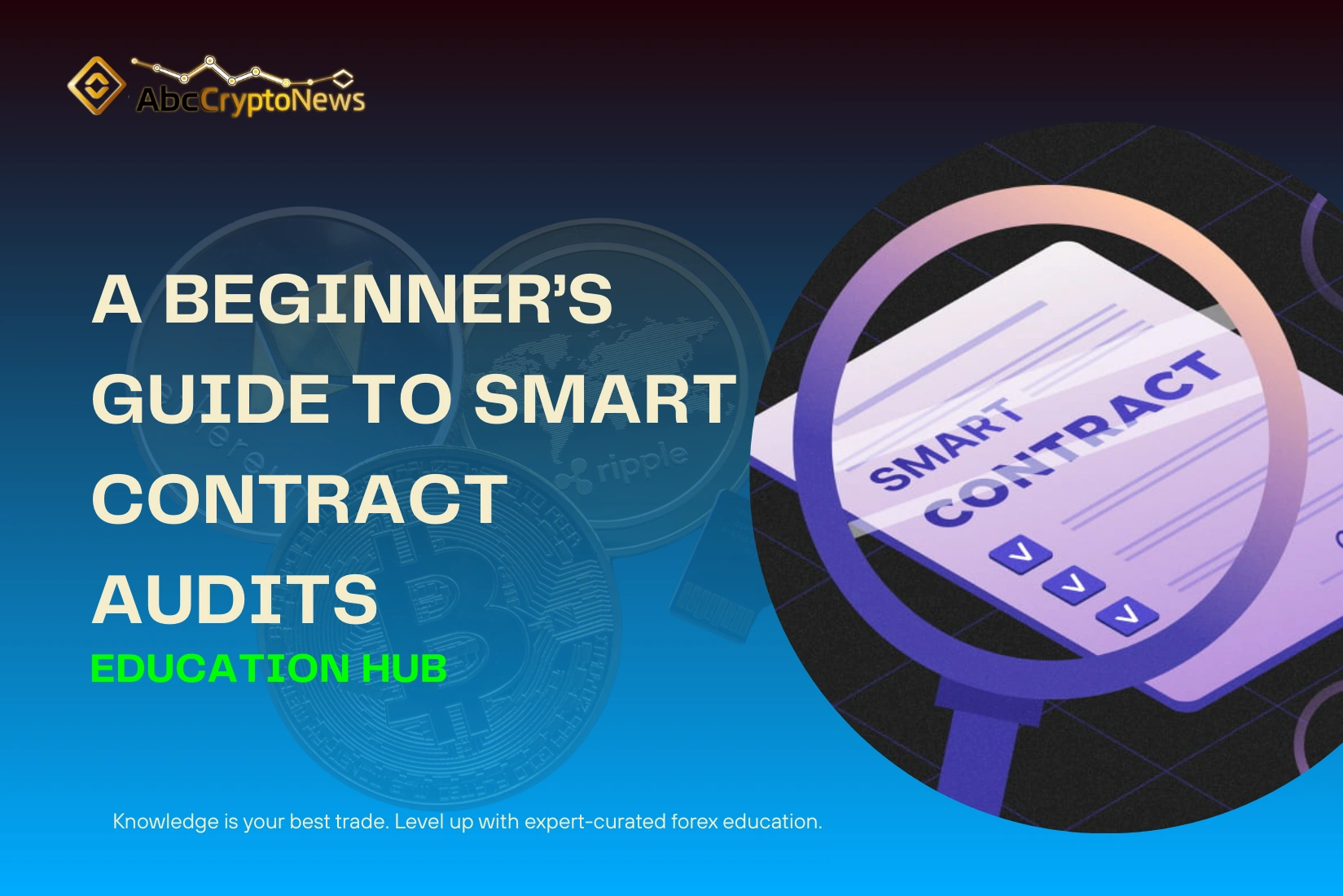Smart Contract Audits for Beginners: A Practical Guide to Blockchain Security
Summary
Introduction: Smart Contract Audits for Beginners
In the rapidly evolving world of blockchain technology, smart contracts have emerged as the foundational elements of decentralized applications (dApps). These self-executing contracts automatically enforce the terms of an agreement, eliminating the need for intermediaries. However, their immutable nature means that once deployed, any vulnerabilities cannot be easily rectified. This makes smart contract audits for beginners an essential practice to ensure the security and functionality of blockchain applications.
What Is a Smart Contract Audits for Beginners?

Credit from chainalysis
A smart contract audit is a comprehensive review of a contract’s code to identify potential vulnerabilities, inefficiencies, and deviations from best practices. The goal is to ensure that the contract behaves as intended and is secure from potential exploits. Audits typically involve both automated tools and manual code review by experienced auditors.
Importance of Smart Contract Audits for Beginners
Smart contract audits are crucial for several reasons:
- Security Assurance: Identifying and mitigating vulnerabilities before deployment reduces the risk of exploits.
- Trust Building: Audited contracts enhance user confidence, as they demonstrate a commitment to security.
- Regulatory Compliance: Ensuring that contracts adhere to legal standards can prevent future legal issues.
- Cost Efficiency: Identifying issues early in development can save significant costs associated with post-deployment fixes.
Common Smart Contract Vulnerabilities

Credit from Webisoft
Understanding common vulnerabilities is essential for both developers and auditors. Some prevalent issues include:
- Reentrancy Attacks: Occurs when a contract calls another contract, allowing the second contract to make recursive calls back into the first contract before the initial execution is complete.
- Integer Overflow and Underflow: When calculations exceed the storage capacity, leading to unexpected results.
- Access Control Issues: Improper implementation of permissions, allowing unauthorized access to sensitive functions.
- Timestamp Dependence: Relying on block timestamps for critical operations, which can be manipulated by miners.
- Gas Limit and Loops: Uncontrolled loops that can exceed gas limits, causing transactions to fail.
Addressing these vulnerabilities during the audit process is vital to prevent potential exploits.
The Smart Contract Audit Process

Credit from Rapid Innovation
1. Pre-Audit Preparation
Before the audit begins, developers should provide auditors with comprehensive documentation, including:
- Codebase: Access to the complete source code.
- Functional Specifications: Detailed descriptions of the contract’s intended behavior.
- System Architecture: Overview of the system’s components and their interactions.
- Test Cases: Scenarios to validate the contract’s functionality.
2. Automated Analysis
Auditors employ automated tools to scan the code for known vulnerabilities and inefficiencies. These tools can quickly identify common issues, providing a baseline for further manual inspection.
3. Manual Review
Experienced auditors conduct a line-by-line examination of the code to identify complex vulnerabilities that automated tools might miss. This step ensures a thorough assessment of the contract’s security and functionality.
4. Reporting and Remediation
After completing the audit, auditors provide a detailed report outlining identified issues, their severity, and recommended fixes. Developers are expected to address these issues, after which a follow-up audit may be conducted to verify the implementations.
Best Practices for Smart Contract Security
To enhance the security of smart contracts, developers should adhere to the following best practices:
- Modular Code Design: Breaking down the contract into smaller, manageable modules to simplify testing and auditing.
- Use of Established Libraries: Leveraging well-tested libraries and frameworks to reduce the risk of introducing vulnerabilities.
- Regular Audits: Conducting audits at various stages of development to identify and address issues early.
- Bug Bounty Programs: Encouraging the community to identify vulnerabilities by offering rewards for discovered issues.
- Continuous Monitoring: Implementing mechanisms to monitor the contract’s performance and detect unusual activities post-deployment.
Conclusion: Smart Contract Audits for Beginners
Smart contract audits are a critical component of blockchain security, ensuring that decentralized applications operate as intended without exposing users to unnecessary risks. For beginners, understanding the importance of these audits and the common vulnerabilities to look out for is essential. By following best practices and engaging in thorough auditing processes, developers can contribute to a more secure and trustworthy blockchain ecosystem.




